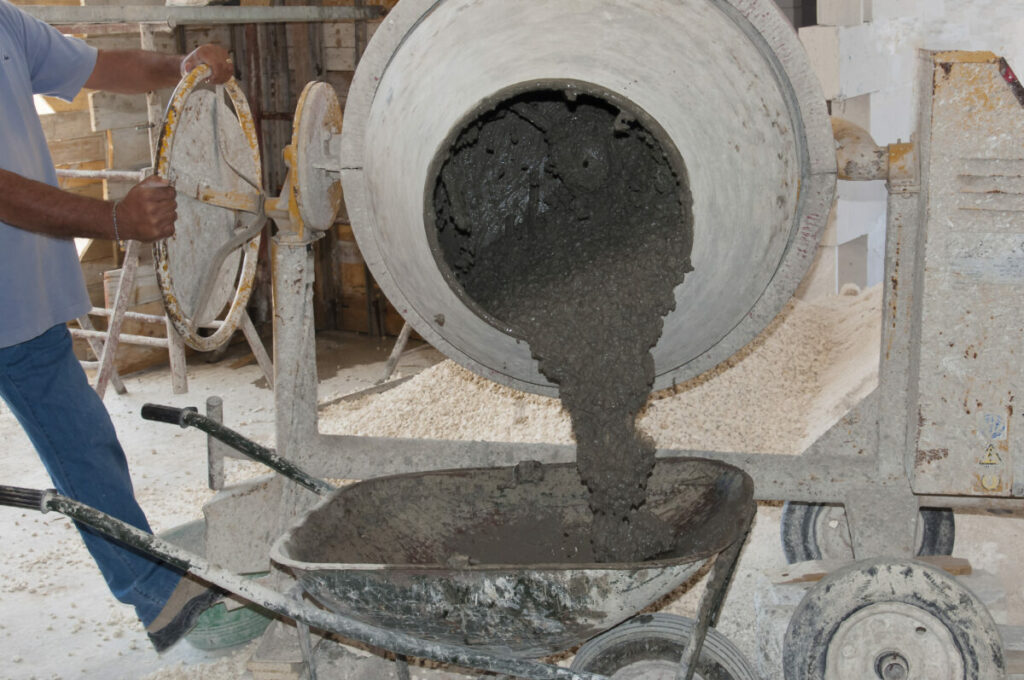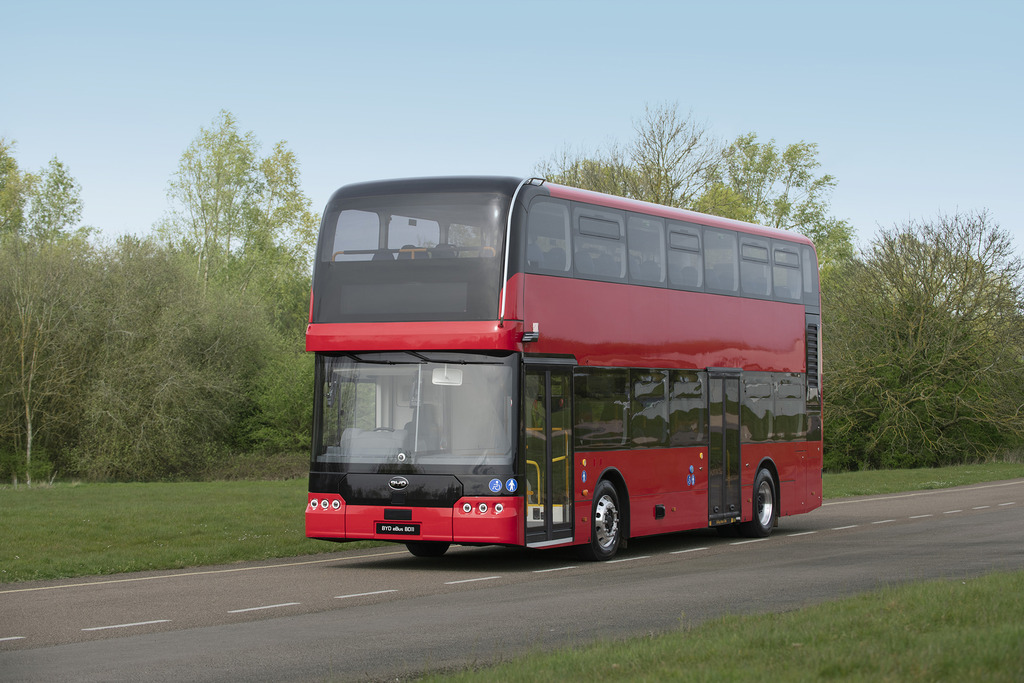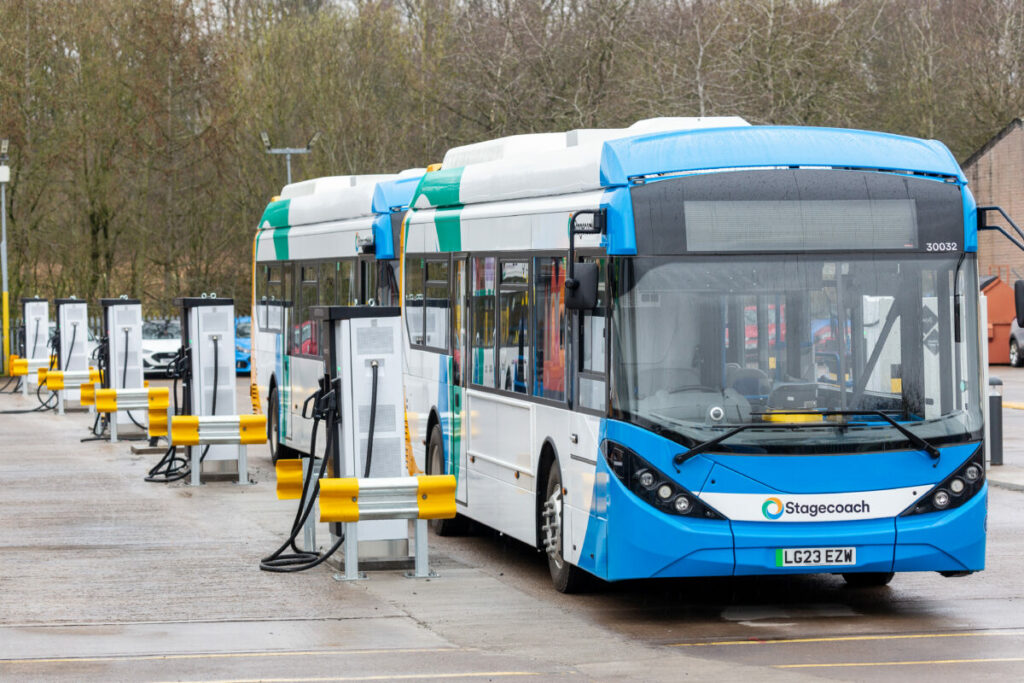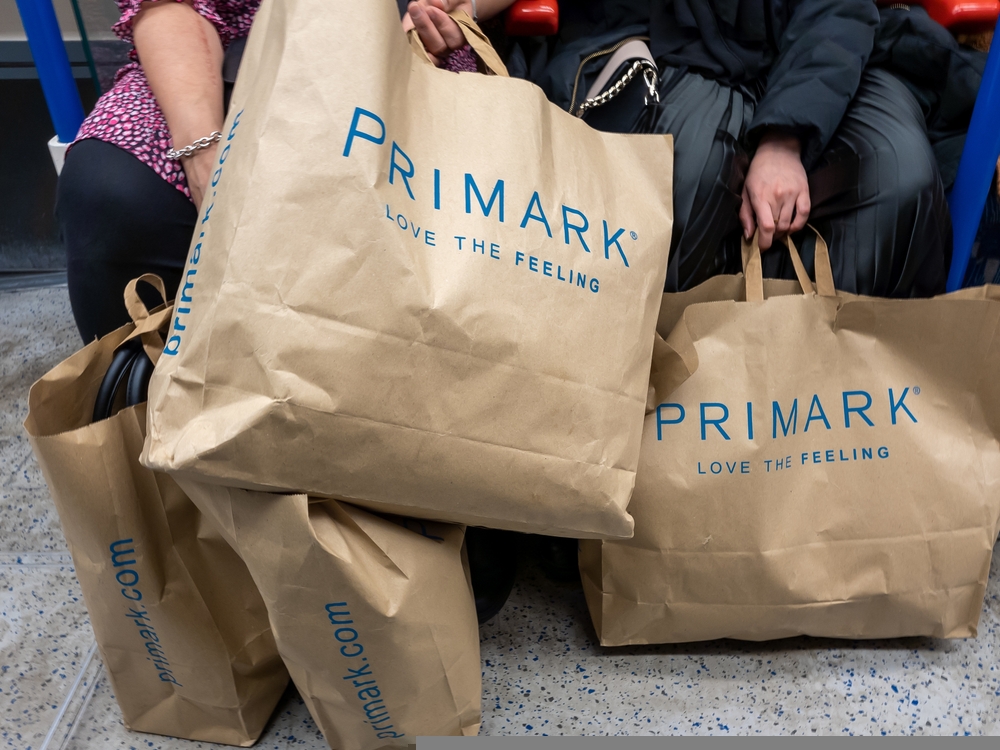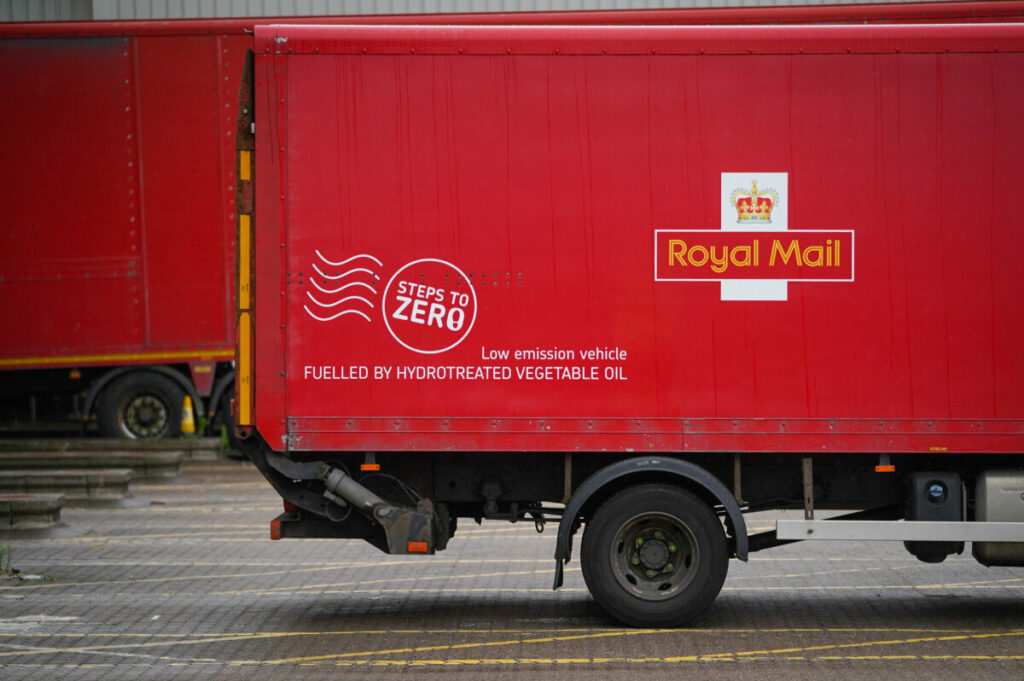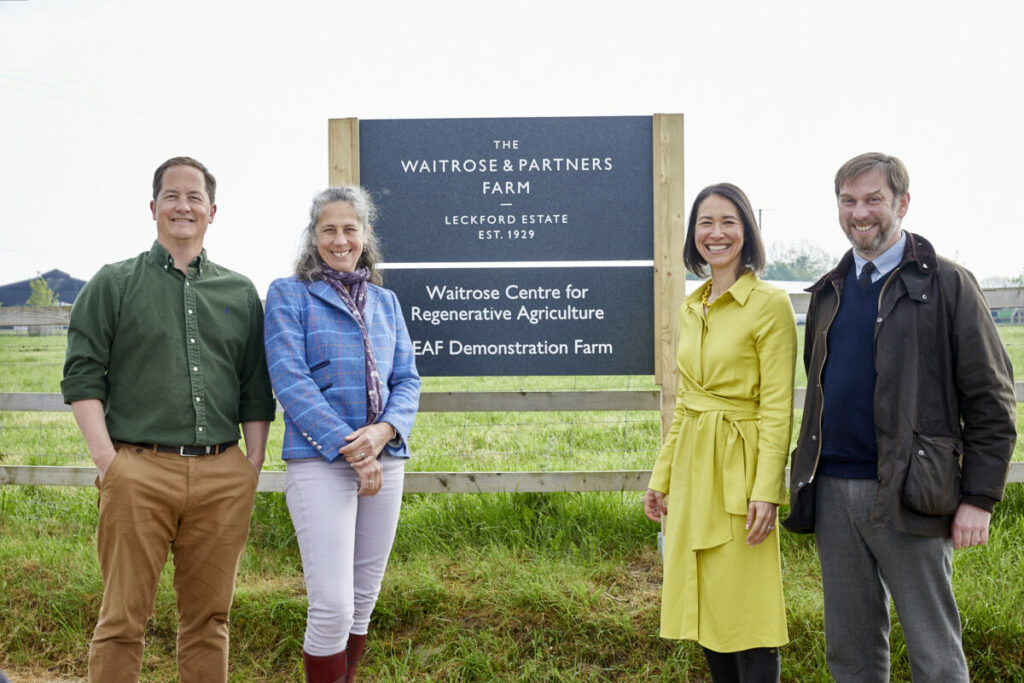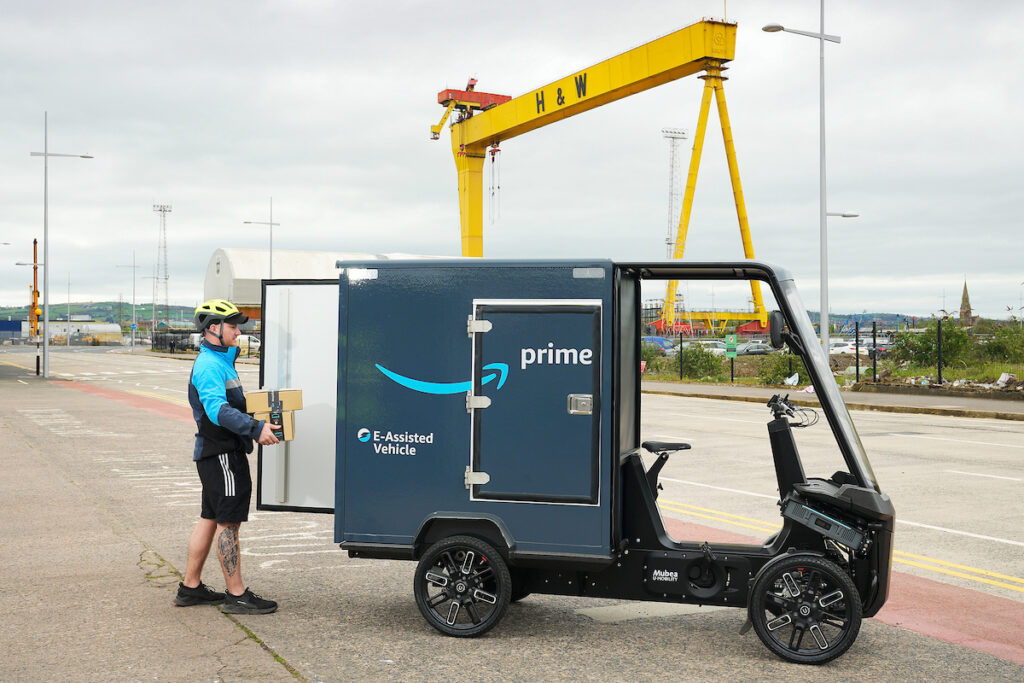“There’s no such thing as the perfect, large-scale carbon-free event,” says AEG Europe director of sustainability Sam Booth, admitting that the holy grail of the live events industry “just doesn’t exist”.
But that doesn’t stop them from trying. Indie four-piece The 1975 is currently mid-way through a series of gigs at The O2 arena in London, billed as the world’s first ever “carbon-removed” shows.
What that means, according to Booth, is that show organiser AEG has worked out exactly how much carbon the shows will produce – calculating the emissions produced by everything from catering and travel right through to the band’s individual riders. Once evaluated, AEG will work with sustainability expert CUR8 to remove that amount of carbon from the atmosphere.
In total, the business is expecting to fund the removal of around 100 tonnes of carbon per show.
The concept came from the understanding that getting to net zero in the live event space is going to be – as Booth puts it – “very, very difficult”.
“We know that we are in the middle of a climate crisis – but we also know that business needs to keep moving forward. The only way to become truly net zero would be to shut down and completely stop having live events, which of course no-one wants,” he says.
While net zero remains the ultimate goal, Booth says the more urgent question is what AEG and the wider events industry can do right now.
“We are part of an industry where it’s tough to bring down emissions, so while we do as much as we can, we also have to look at what we can do in the shorter term,” he explains.
Neatly sidestepping the discussion around the validity of offsets, Booth says that businesses need to be “doing more”, investing in what he describes as “legitimate technologies which will get the carbon out of the atmosphere immediately, rather than 20 or 30 years down the line”.
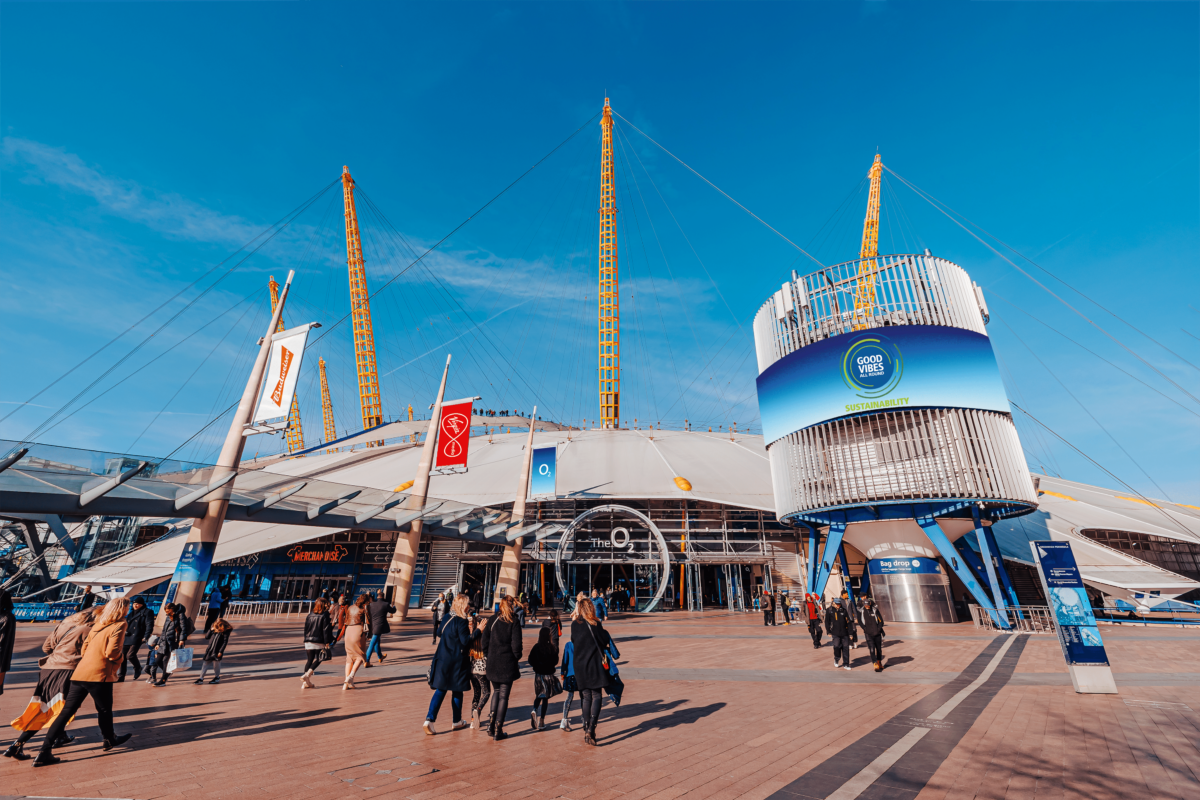
How the carbon-removed shows work
When visitors to The 1975 carbon-removed gigs click through to buy a (paperless) ticket, they are shown a pop-up screen which tells them they are part of a ‘world-leading pilot’, before explaining that 90p of the ticket price will be used specifically to “fund the removal of the carbon emissions resulting from your travel to and from the venue”.
“The concept is that every single player in the ecosystem pays for their own carbon removal,” Booth explains.
“That 90p accounts for an average journey on public transport to The O2 for an average fan – so they pay for the carbon removal of their travel emissions. The audience has been really receptive to the idea, and we’ve not had any negative feedback at all.”
Travel and transport are the biggest contributors to AEG’s scope 3 emissions, and while most journeys to the arena include some element of public transport, many visitors still prefer to drive. This is being balanced out by an additional green car park levy.
The removal of the show’s other major carbon contributors – such as heat, electricity and power – is being paid for by The O2 itself.
Food and drink partner Levy will be paying for all bar and catering emission removals, while AEG is paying for removals from The 1975’s actual gig, including the carbon generated by the band’s journey from the previous venue to The O2.
While effective, it’s not cheap. The plan is that in the future, AEG will be able offer bespoke packages to artists performing at The O2, allowing them to choose what level of carbon-removed concert is right for them.
“We will continue to do what we can reduce core emissions at the arena as much as possible, but for anything additional the artist and their management need to be on board to make those final decisions,” Booth explains.
Reducing The O2 emissions: banning beef and reusing cups
Carbon offsets and removals are an important part of the net zero conversation, but will always come second to reducing emissions in the first instance.

As well as using renewable energy for its heat, light and power, The O2 is also tackling less obvious areas, including banning beef from the menu because of its high carbon footprint.
Vegetarian options have been ramped up – menus are 70% plant-based – and all air freight has been completely removed, ensuring that ingredients are grown as locally as possible. Carbon impact ratings have also been added to menus, giving fans the information to make their own choices.
“Food and drink accounts for a massive chunk of the event industry’s carbon output, so we’ve actively focused on that because we can control it,” Booth explains, adding that there’s a huge amount of scope for change, with food and drink partner Levy aiming for all concessions stands to be at net zero by 2025.
He gives last year’s Billie Eilish tour as an example, when all food vendors went fully vegan. It’s a balance, he says, of giving fans choice – noting that Eilish’s fanbase is particularly supportive of her desire to tour as responsibly as possible – but also leading by example.
One such example is the significant investment made in changing to reusable cups across all food and drink outlets. The O2 previously used 2.5 million paper cups each year, which – despite the cups being compostable – was far from ideal.
Booth describes the move as a “big step”, pointing out that the complicated logistics behind the new system means it doesn’t actually save money.
“But we are committed to doing it because we know it is the right thing to do,” he adds.
The change, which was made permanent earlier this year, will save millions of units from being binned, takes traffic off the roads, and allows the arena to reduce the amount of liquid waste in the bins, which in turn leads to more efficient waste management and recycling, another essential part of The O2’s sustainability work.
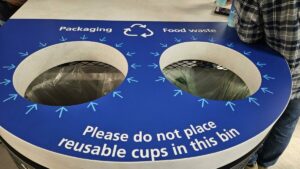
The arena sends zero waste to landfill and is constantly trialling new methods to improve its recycling rates, which are already “very high”.
Major reductions in single-use plastic within the arena including the addition of water fountains which allow fans to refill their own bottles or cups as needed and Notpla – a seaweed-based plastic used for food containers which breaks down completely in a matter of weeks.
Crucially, an onsite bio-digester and wormery mean that any food waste is either converted directly into fertiliser or donated locally via an ongoing partnership with food-sharing app Olio.
An ongoing upgrade programme has also seen the arena invest in new building infrastructure such as boilers and motors as well as removing 70% of hand dryers, adding digital screens, and changing to LED lights – the latter saved enough carbon to power over 100 households last year.
“There’s a very clear ROI on these types of changes as they also reduce energy costs – so while they needed significant investment, they were also good to put in front of the board as an ‘easy sell’,” says Booth.
Culture change and responsibility
Recent research suggests that live music produces 540,000 tonnes of greenhouse gas emissions in the UK alone, every year – equivalent to the annual emissions of 60,000 households.
The sheer scale of the issue means Booth admits “there will always be more work to be done” but says The 1975 gigs are “a chance to start a conversation”.
“You can’t just lower your carbon emissions and think ‘job done’; you have to start being proactive in other areas as well,” he says.
“For us, education is an important part of that. This is an industry-wide problem and we want to help tackle it head-on. It’d be hugely selfish of us to do all this stuff and then keep our cards close to our chest.”
It’s for this reason that AEG Europe is looking to create a best practice-model for venues, promoters and tours worldwide, outlining how to run a carbon-removed event, as well as encouraging the wider reduction of carbon emissions across the live entertainment industry.
“It’s more about setting the direction – not just for us but for the wider music market as well. There’s a big cultural piece to be done in the music industry and being able to signal our direction so clearly will have a ripple direction far beyond what we can achieve alone,” says Booth.
For AEG and The O2, this is very much the start of the green gig journey.




